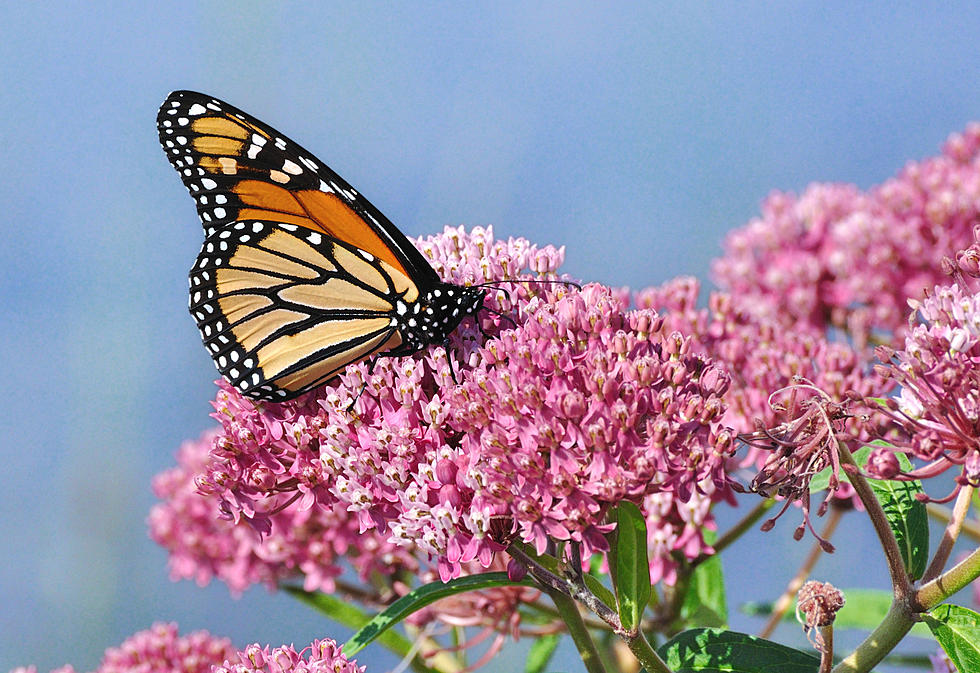
This is the peak season for Monarch butterflies in New Jersey
Let’s face it: Monarch butterflies just look cool.
If you’ve noticed more of them lately, there’s a reason: it’s migrating season for the butterflies and New Jersey is a popular way station as they make their way to Mexico.
According to New Jersey Monthly, Cape May is a particularly popular spot with the insects as they congregate en masse on their 2,000-mile journey. There’s even a Monarch Monitoring Project, a program of the New Jersey Audobon Society that tags and tracks the butterflies.
The monarchs you see this year are probably four to five generations removed from the ones who migrated the year before, according to 6 ABC Philadelphia, so the migration isn’t learned behavior; something tells the butterflies in the fall that it’s time to head to Mexico. Some of them come from as far north as Canada.
According to the Monarch Monitoring Project, the butterflies are facing a fragile existence with loss of habitat, extreme weather, predators, and toxic pesticides all impacting the population. Weighing less than a paper clip, they will travel as much as 100 miles in one day.
The monarchs congregate in Cape May, waiting for favorable winds and weather conditions to cross the Delaware Bay, sometimes hitching a ride on sea-going vessels. They roost in large numbers in trees, making some of the trees look like their color has changed to orange.
Monarch Watch says that over 900 New Jersey gardens are registered as Monarch Waystations, offering plants that the butterflies use to feed on their trek. Since they are necessary pollinators, a healthy monarch population, along with other pollinators, are important to the food supply.
The post above reflects the thoughts and observations of New Jersey 101.5 talk show host Bill Doyle. Any opinions expressed are Bill Doyle's own.
8 ways to battle the spotted lanternfly in NJ
7 reasons why you need to kill the spotted lanternflies infesting NJ
What to know about the spotted lanternfly & tree of heaven in NJ
More From New Jersey 101.5 FM









